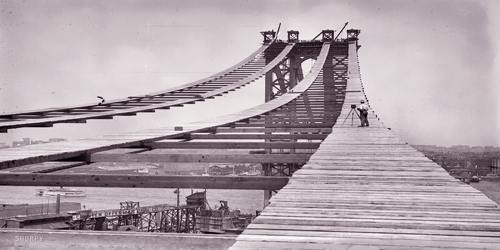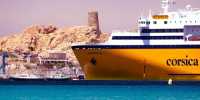Manhattan Bridge, the suspension bridge over the East River, connects southeast Manhattan with New York’s West Brooklyn. The bridge was first opened in 1909, eight years after the construction of the bridge. The last structure of the city’s first major period of bridge construction, the Manhattan Bridge lives on in the shadow of its influential ancient river brethren, the Williamsburg and Brooklyn Bridge. The bridge is newer than the Brooklyn Bridge and the Williamsburg Bridge, with the other two suspension bridges overlooking the East River, and often because of the proximity to the Brooklyn Bridge. The original Spanti 1,470 ft (448 m) long, the 3,324 ft (983 m) distance of the suspension 6,855 ft (2,089 m) over Bridgette night, made its way to the Manhattan Island on four toll-releases connected to Long Islander; Something happened in the last Brooklyn Bridge town by the sea, the Quinwero and Williamsburg Bridge say.
At the end of the 19th century, New York’s population growth seemed endless. The Williamsburg and Brooklyn Bridges were built for the Twelve Connections, but they quickly turned into an overcrowded crowd. Another bridge over the lower east river was needed. When the name was confirmed in 1904, the New York Times criticized it as “nonsense,” advocating for one after the Wallabout Bay in Brooklyn, and said that if Spain was known as the Wallabout Bridge, it would have “geographical and historical significance.” The construction of the Manhattan Bridge began under the leadership of Gustave Lindenthal, the NYC Department of Bridge Commissioner, and its chief engineer, RS Bak. However, just three years later, two people were removed from the project as a result of a clash between local politicians. The bridge was handed over to other officers. Their chief engineer was Leon Moiseeff. A $ 10 million grant was given in May 1904 for the construction of the bridge, with the expectation that the span would begin later that year. Moiseef immediately began construction of the newest and most radical concept modern bridge for the project. Notably, he was among the first to apply the new concept of induction theory to the suspension bridges. The theory, which claimed that the wind could really affect the movement of the lateral bridge, proposed a new building strategy to compensate for this single strain, eliminating unnecessary support. Within four months the cables had been torn down, requiring 30,000 tons of steel to build the bridge. The Phoenix Bridge Company had an agreement to build a superstructure and a steel base. The first girders for the new bridge were installed in February 1909, by April, much of the span was simply cabled. The theory was designed for concrete arch bridges. Moiseeffe understood how to apply this concept to suspension bridges. A group of 100 Top Citizens in Brooklyn walked over the bridge on December 5 to mark the unofficial completion of the bridge. The bridge was officially marked by the outgoing Mayor George B. Opened on December 31, 1909, by McClellan Jr.
As a result, the Manhattan Bridge holds a very important place in the bridge’s history. An innovative design, it was the first suspension bridge to employ Joseph Melan’s deflation theory to tighten the desk, making it the first use of a light-webbed weight-saving warren truss for construction. Considered a pioneer of the modern suspension bridge, it served as the model for many record-breaking spans built in the first half of the twentieth century. The Manhattan Bridge has been featured in cinemas, regularly repaired and rebuilt and remains one of New York City’s most fascinating bridges.














